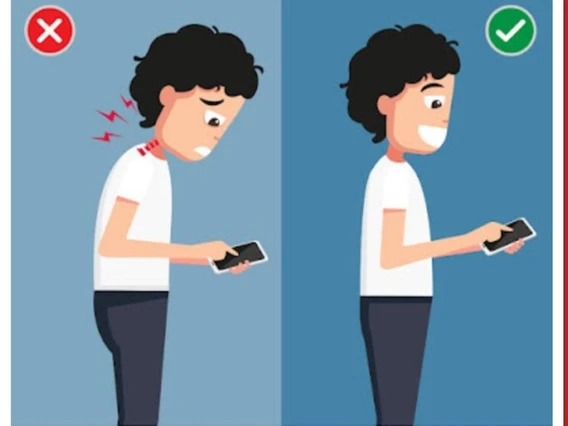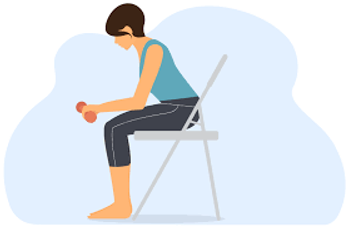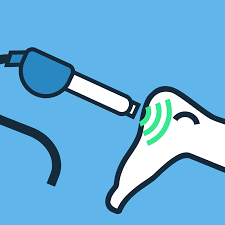How to Treat Plantar Fasciitis?
Plantar fasciitis is a common condition that involves inflammation of the plantar fascia, a thick

band of tissue that runs along the bottom of the foot, connecting the heel to the toes. It is characterized by heel pain, especially with the first steps in the morning or after periods of rest. Here are some strategies for treating plantar fasciitis:
1. Rest and Avoidance of Aggravating Activities:
- Give your feet time to rest and avoid activities that exacerbate the pain, such as prolonged standing or walking on hard surfaces.
2. Icing:
- Apply ice to the affected heel for 15-20 minutes at a time, several times a day, to help reduce inflammation.
3. Stretching Exercises:
- Perform stretching exercises to target the plantar fascia and Achilles tendon. Simple stretches like calf stretches and towel stretches can be beneficial.
4. Strengthening Exercises:
- Strengthen the muscles of the foot and lower leg to provide better support. Toe curls and towel pickups are examples of exercises that can help.
5. Orthotic Inserts:
Consider using orthotic inserts or arch supports in your shoes to provide additional support to the arch and reduce strain on the plantar fascia.
6. Proper Footwear:
- Wear shoes with proper arch support, cushioning, and a good fit. Avoid walking barefoot, especially on hard surfaces.
7. Night Splints:
- Night splints can help keep the foot in a dorsiflexed position overnight, stretching the plantar fascia and reducing morning pain.
8. Calf Muscle Massage:
- Massage the calf muscles to help reduce tension on the Achilles tendon and plantar fascia.
9. Over-the-Counter Pain Medications:
- Nonsteroidal anti-inflammatory drugs (NSAIDs), such as ibuprofen, may help alleviate pain and reduce inflammation. However, it’s essential to consult with a healthcare professional before using medication.
10. Physical Therapy:
- A physical therapist can provide a tailored exercise program, offer guidance on proper stretching techniques, and use modalities such as ultrasound to help manage symptoms.
11. Weight Management:
- Maintaining a healthy weight can reduce the load on the plantar fascia and alleviate symptoms.
12. Strassburg Sock or Foot Brace:
- Devices like Strassburg socks or foot braces can be worn at night to keep\ the foot in a dorsiflexed position and promote gentle stretching.
13. Injections:
- In some cases, a healthcare professional may recommend corticosteroid injections to reduce inflammation. This is typically reserved for more severe or persistent cases.
- Other options include prolotherapy with DEXTROSE 25% and/or PRP
14. Extracorporeal Shock Wave Therapy (ESWT):
- ESWT is a non-invasive treatment that uses shock waves to stimulate healing in the affected tissue. It may be considered in cases that do not respond to conservative treatments.
Consistency in applying these strategies is crucial for effective management of plantar fasciitis. It’s important to note that the effectiveness of treatments may vary from person to person, and what works for one individual may not work for another. If symptoms persist or worsen, it’s advisable to consult with a healthcare professional for further evaluation and guidance.














































